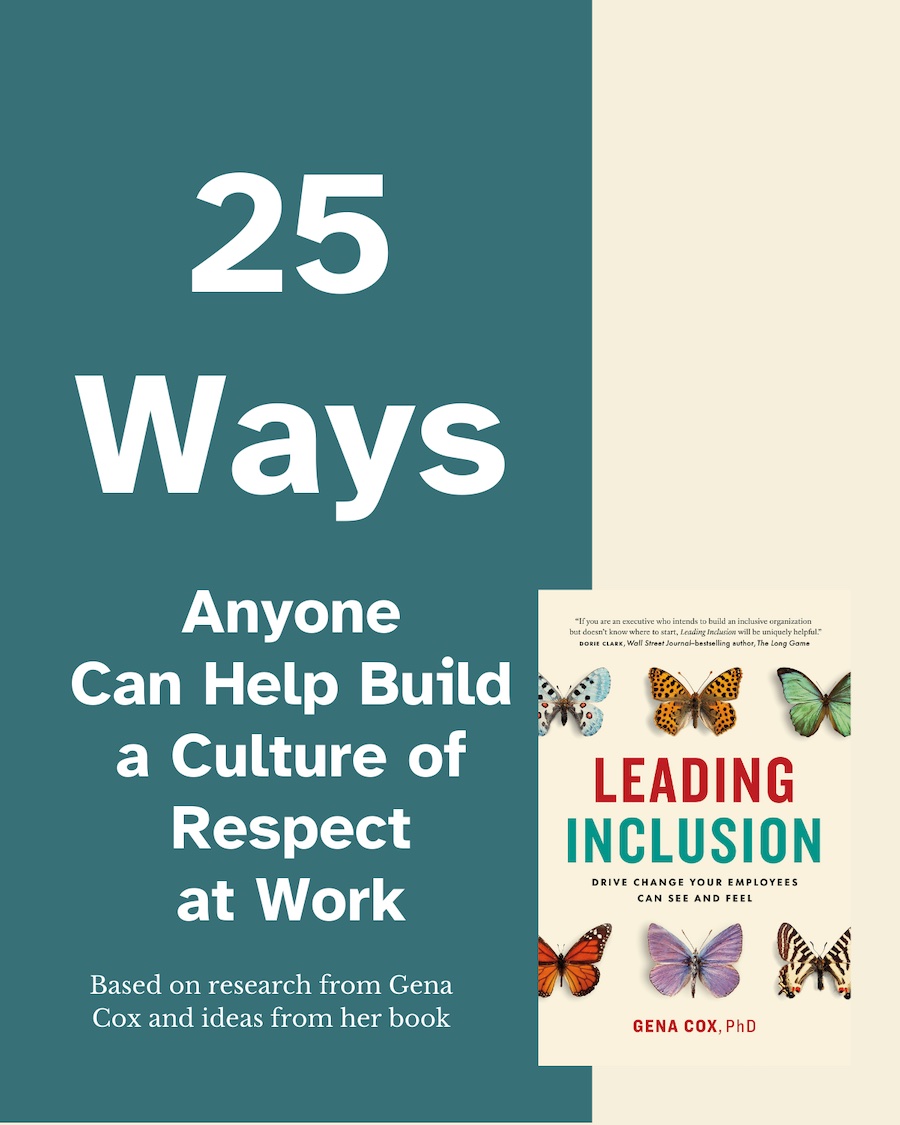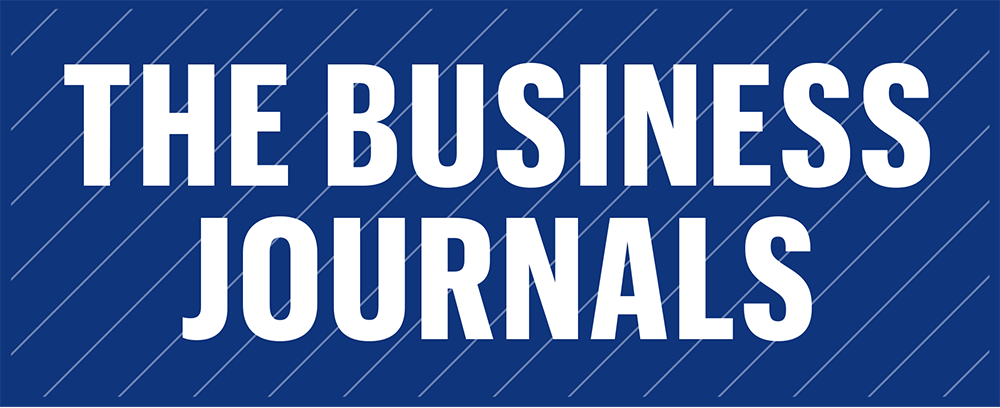These two common C-suite actions have not helped workplace inclusion

My world changed when police killed Breonna Taylor in March 2020 because it felt like the country had hit rock bottom in the manifestation of violence against Black Americans by those who should have been protectors. But, in May 2020, when police officers killed George Floyd, I realized I was wrong; the bottom was lower than I realized! I am not the only one who noticed; the whole world saw these inhumane acts. Many business leaders in the United States noticed, often for the first time, that the power imbalance and attendant unfair and inequitable treatment that occurred in the country as a whole were also present in the workplace.
Executives’ responses to these epiphanies varied, but two responses became common; organizations hired Chief Diversity Officers (CDOs) and instituted “implicit bias training.” Two years on, those two common actions have not been shown to result in meaningful diversity, equity, and inclusion (DEI) outcomes. I know why.
Why hiring Chief Diversity Officers was not a magical bullet
It is rational to think that hiring people to focus an enterprise on delivering a particular outcome would be a good way to get that outcome. From that perspective, hiring CDOs makes sense. However, many factors conspired to make the CDO less impactful than ideal:
CDOs were hired before their organizations took the time to figure out what problems they needed to solve and how solving those problems would support the organizations’ business strategies.
CDOS were not provided the financial resources, political cover, or social clout necessary to have the impact that would be necessary to make meaningful change.
Many DDOs focused on enhancing diversity in their organizations as their first step. The upside was that increases in diversity and relatively easy to document; if you hire more people in the targeted categories, you can hit the goal. However, hiring more people from historically subordinated groups and bringing them into organizations that do not have inclusive cultures is like inviting 11 people to a dinner party but only providing place settings for 10 people. The 11th person will feel uncomfortable and left out as they try to find their fork and plate, and they will wonder, “Why didn’t the host plan for me?” That person will likely leave the party early and tell others about the lack of hospitality. This resulted in the turnover among these new hires that many organizations experienced. Additionally, organizations found themselves in hiring frenzies as they tried to retain their so-called “diversity hires” while attracting even more. [And retaining CDOs themselves became an issue for the same reasons mentioned above.] The bottom line lesson is that It would have been more effective for these organizations to focus on building healthy work cultures and trying managers how to lead 100% of their workforce BEFORE they attempted to aggressively ramp up diversity. Inclusion tops diversity.
Why “implicit bias” training was not a magic bullet
“Implicit bias” is natural, and all humans are victims of faulty thinking that give rise to implicit bias. This means that for implicit bias training to be readily effective, it cannot start from the position that only certain groups of employees are “guilty” of it and that others are the recipients of that bias. Otherwise, the “us versus them” dynamic further aggravates differences ad creates division. Additionally, the goal of implicit bias training is not just to educate about the facts of bias that we know from brain research; it is to encourage employees to be aware of their biases and proactively try to reduce them. However, research has shown that some members of the majority group are highly resistant to this kind of training become they become defensive. Rather than take the learning back and attempt behavior change, some training recipients can dig in their heels and resist this and any other related training. The bottom line lesson is that implicit bias training, as a standalone, does not have the power to change the outcomes on which DEI professionals are focused. It would have been more effective for these organizations to focus on identifying the systemic ways (e.g., selection and compensation processes) that are barriers to diversity and inclusion outcomes. Systemic bias reduction is more effective and sustainable than getting individuals to change their personal biases.
So, as we approach the 2-year anniversary of the deaths of Breonna Taylor and George Floyd, companies have not made much progress on moving the inclusion needle. I recommend a pivot from hiring CDOs without strategic mandates and implementing implicit bias training to a focus on inclusive cultures (including manager coaching) and systemic organizational interventions to change biased processes, not people.









